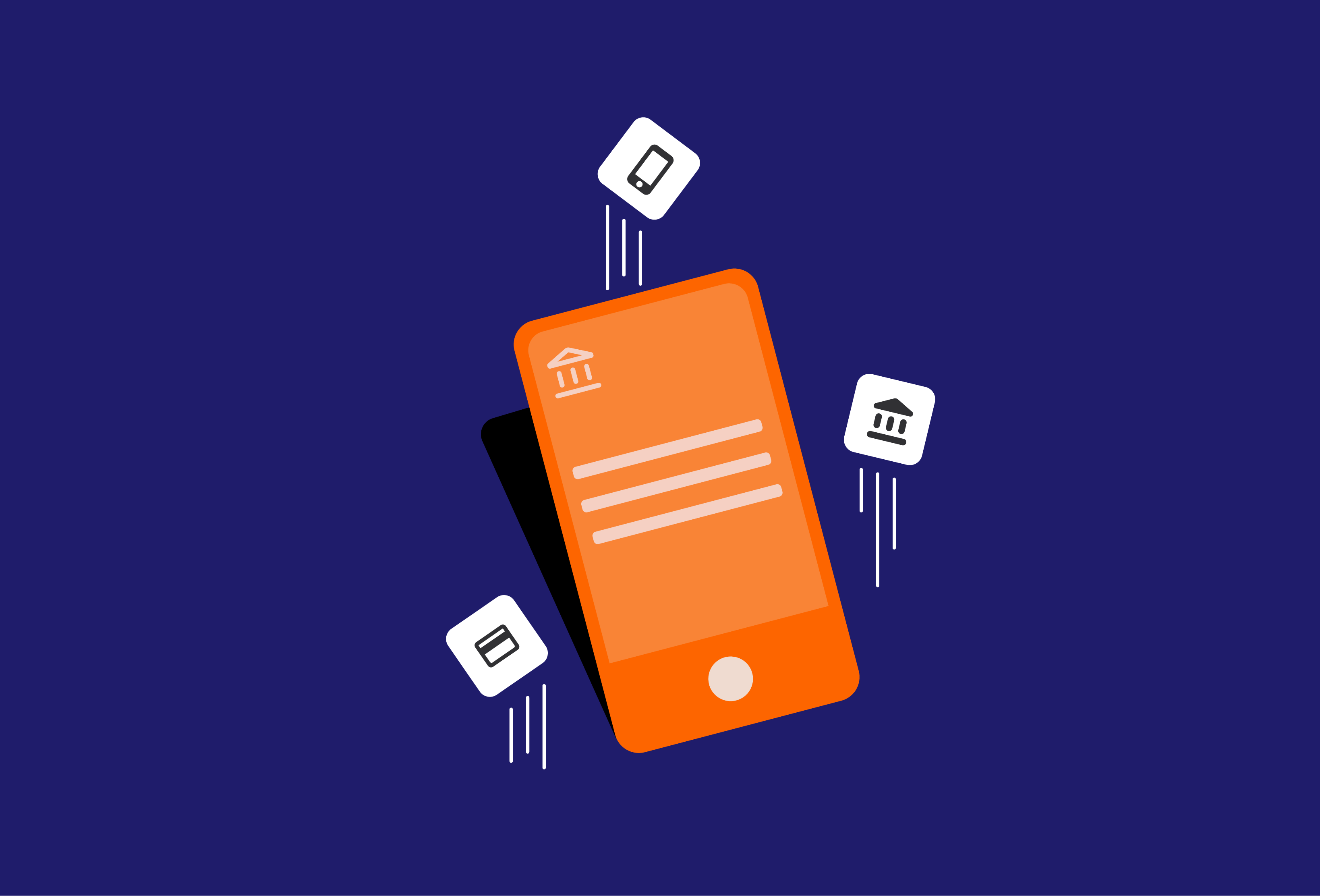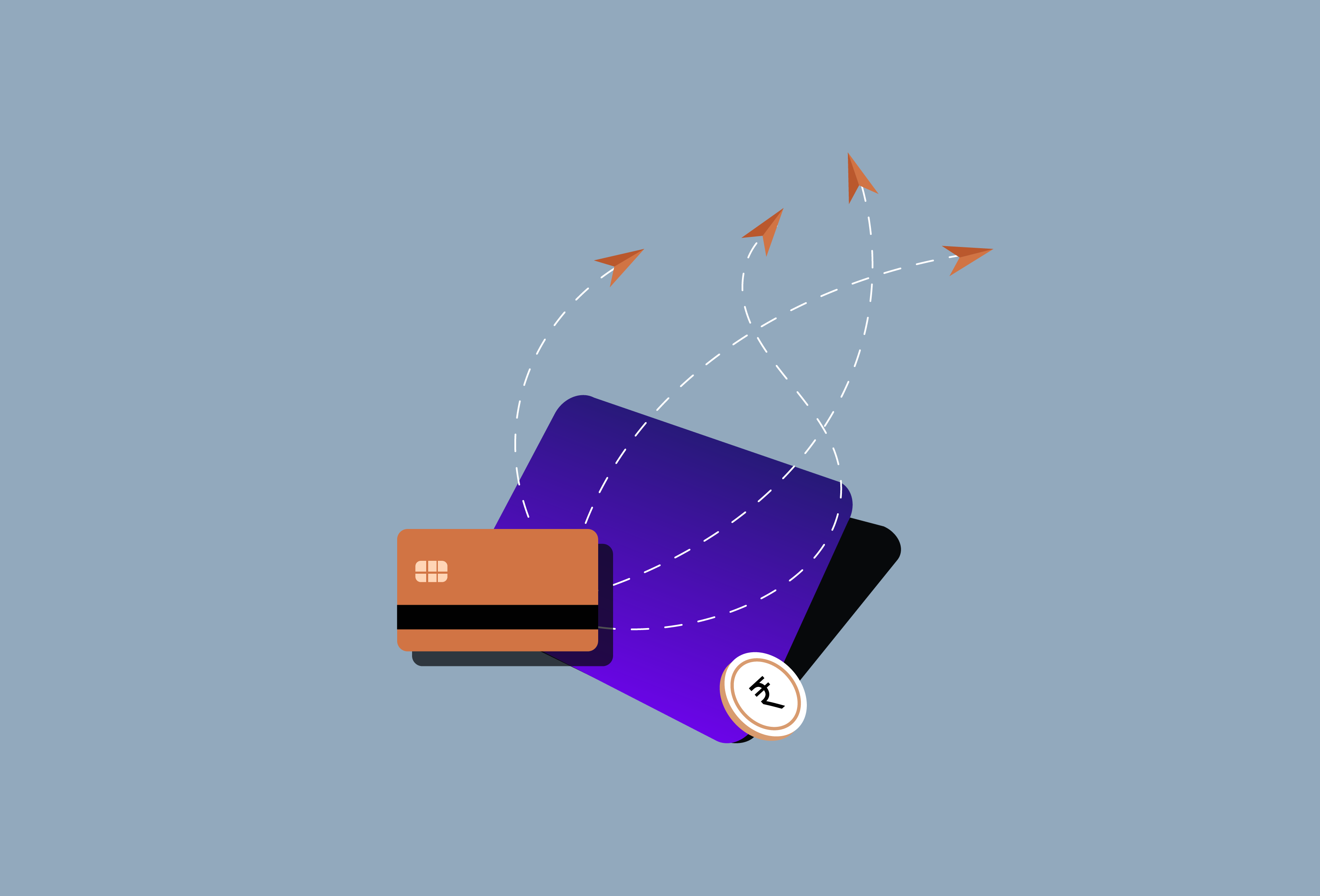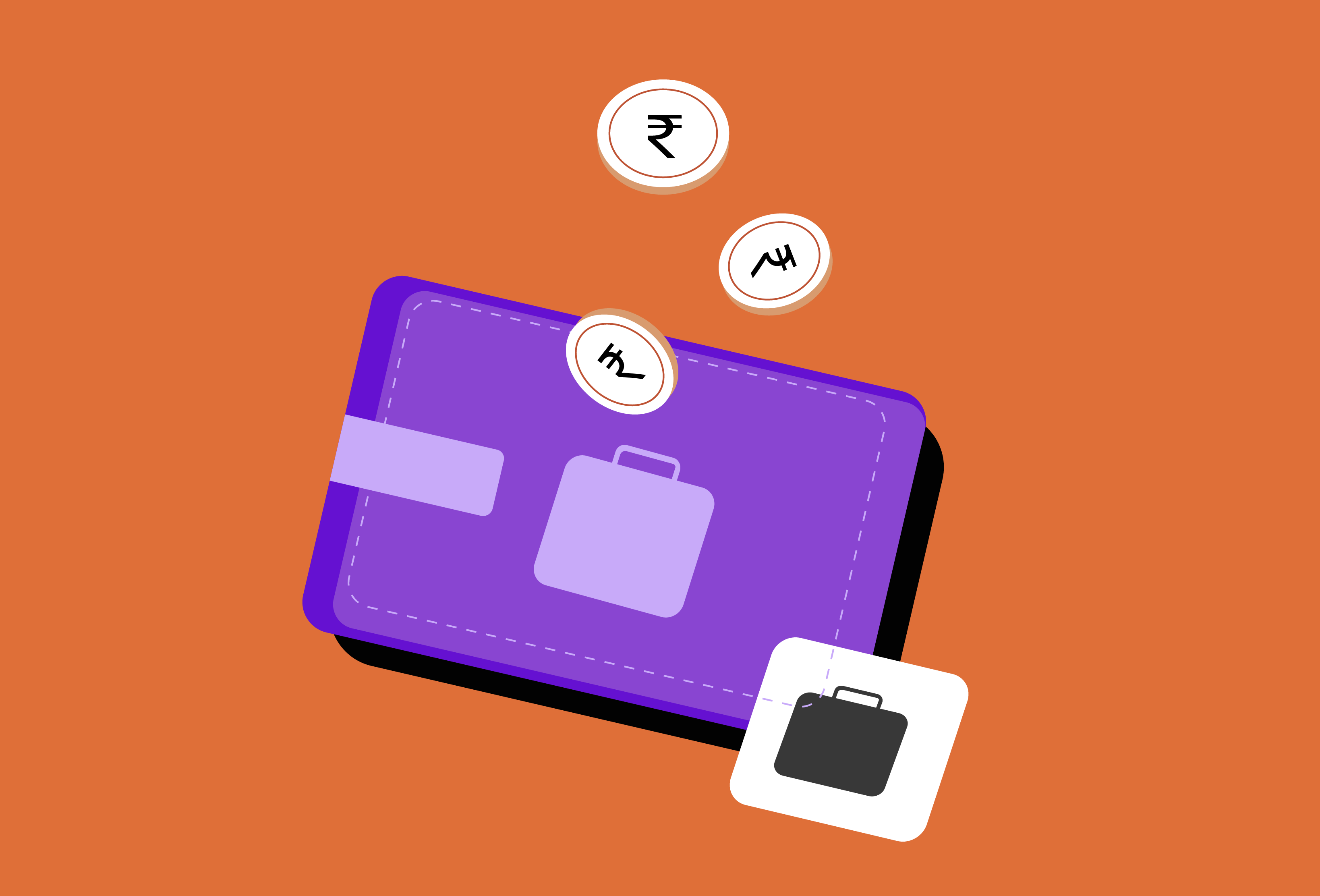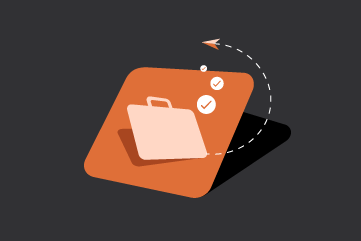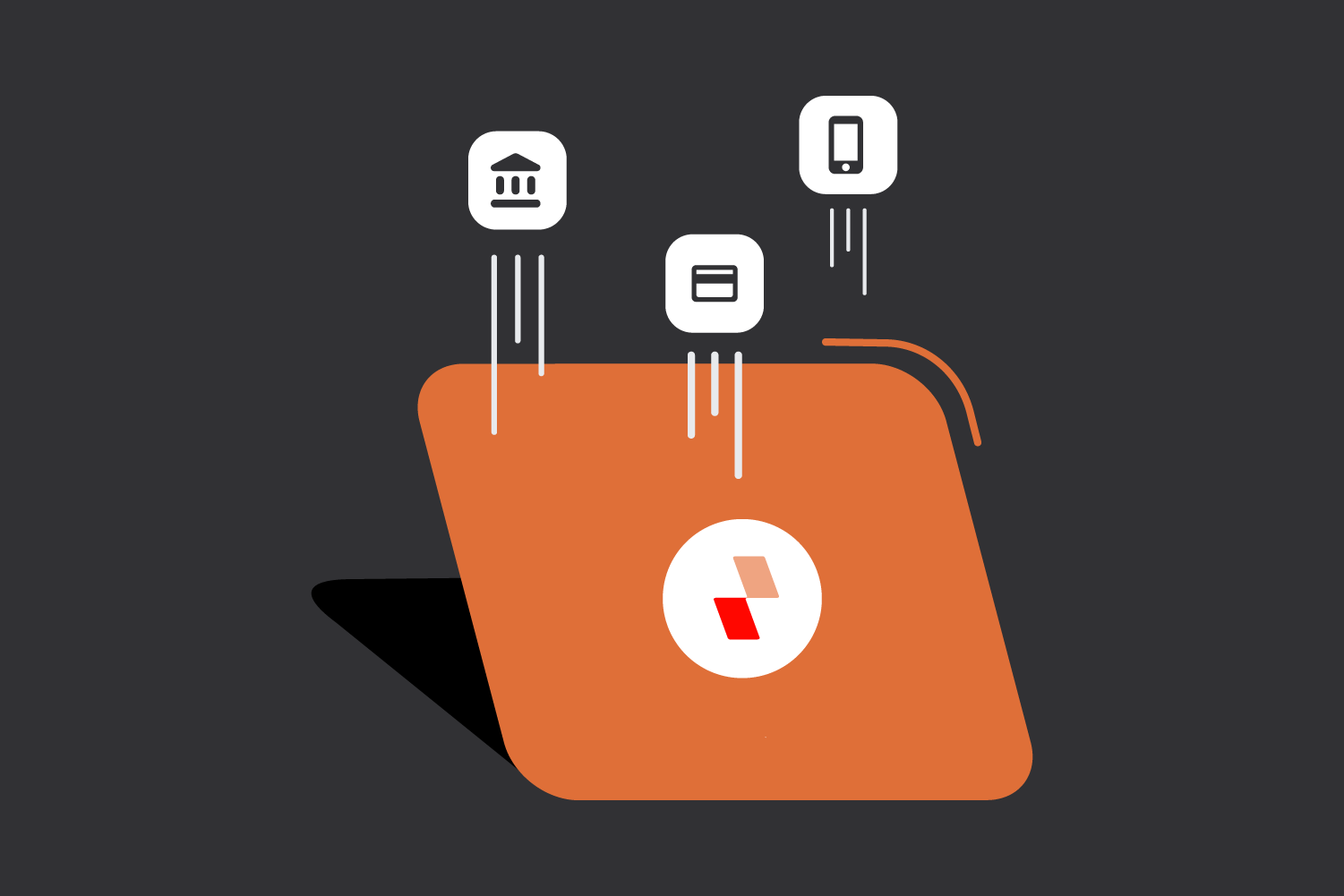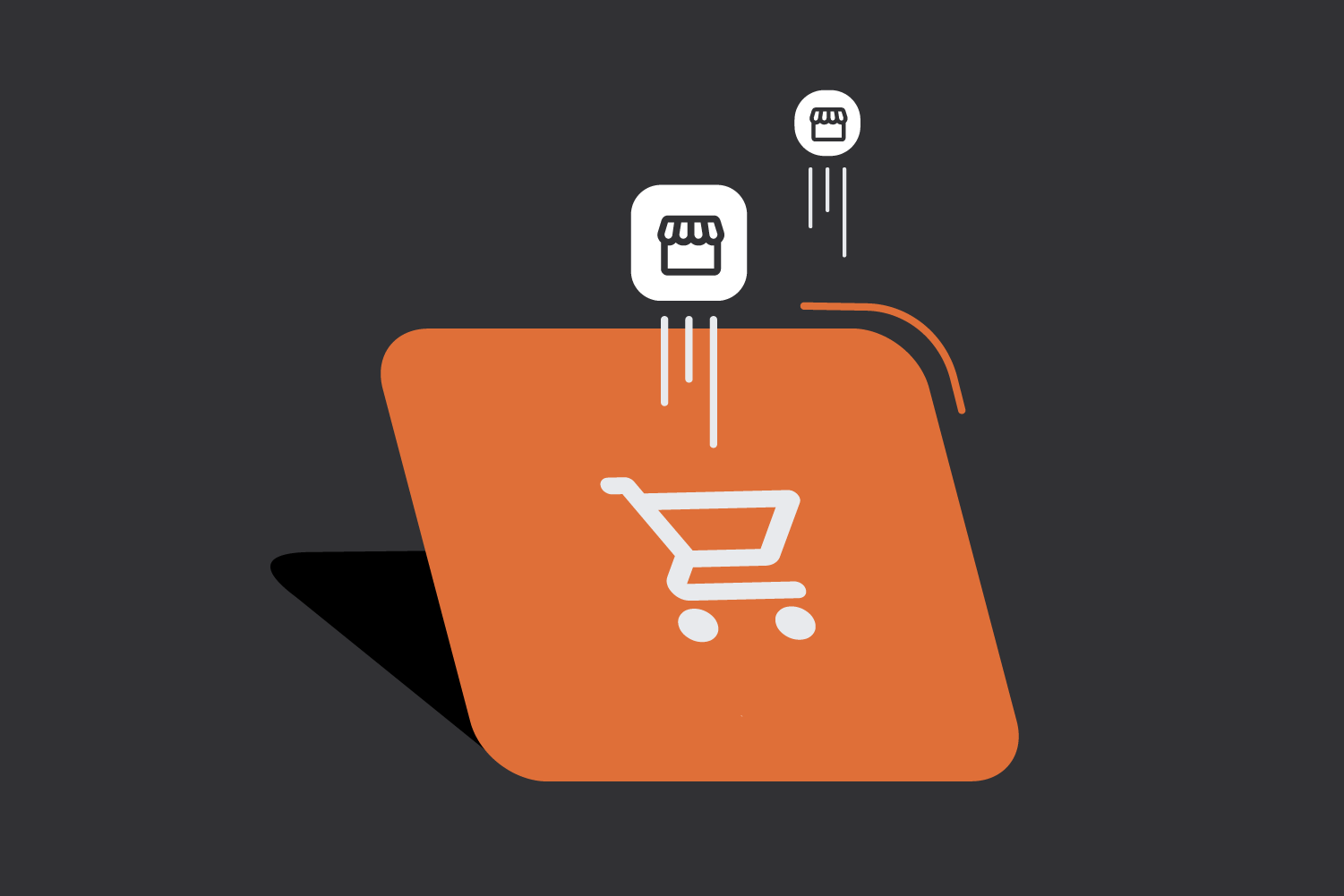As more businesses shift to subscription-based models, the demand for a smooth and reliable payment experience has grown rapidly. For SaaS companies, customer retention is just as important as customer acquisition. That is why a good payment experience is no longer optional; it is central to how a business grows and stays competitive.
A SaaS payment gateway is more than just processing transactions. It plays a much larger role in supporting recurring billing, reducing churn, and ensuring compliance. In a digital economy where user experience is everything, the right payment infrastructure can directly influence growth.
What Makes SaaS Payments Different
Payments in a SaaS business are not like a one-time e-commerce checkout. They follow a recurring model—with monthly, quarterly, or annual billing options, depending on the plan and user type. Many SaaS platforms also offer free trials or flexible upgrades. This means the billing logic is more complex and needs to be dynamic.
Key challenges that SaaS businesses face include:
- Recurring billing management: Ensuring users are billed accurately each cycle.
- Handling failed payments: Especially those caused by expired cards or insufficient funds.
- Managing global users: Supporting different currencies and local payment methods.
- Regulatory compliance: Keeping up with data protection laws and tax regulations.
A standard e-commerce gateway often lacks the flexibility to manage these scenarios effectively. This is why businesses turn to SaaS payment gateways built for these specific needs.
How Payment Gateways Drive SaaS Growth
The right SaaS payment gateway can improve everything from sign-ups to revenue collection. Here is how it supports long-term growth:
- Seamless Onboarding
A complicated payment process during sign-up can lead to drop-offs. SaaS users usually expect a quick start. A gateway that supports fast card authorisation, minimal steps, and digital payment options makes onboarding easier and improves conversion rates.
- Recurring Revenue Support
Whether a customer is on a monthly plan or shifts to an annual one, the system must automatically handle the change. A SaaS payment gateway that supports flexible billing cycles, proration, and in-app upgrades can help businesses reduce manual work and billing errors.
- Smart Retry Logic
Failed payments are a common reason for churn, especially when they happen due to temporary issues. A smart payment gateway can automatically retry failed transactions at the right time and send alerts to users without disrupting the service. This helps recover revenue that would otherwise be lost.
- Multiple Payment Methods
Customers now expect more than just card payments. Many prefer UPI, net banking, or wallet options, especially for small business purchases. A good SaaS payment gateway offers a range of options, so the user can pay the way they want without friction.
- Global Expansion Support
SaaS businesses often attract users across borders. A gateway that supports multiple currencies, local payment methods, and cross-border settlement can open the door to global revenue without major changes to the platform.
- Security and Compliance
Payment data is sensitive. A trustworthy gateway ensures card details are tokenised and stored safely. PCI DSS compliance, two-factor authentication, and data encryption are essential for protecting users and the business.
What to Look for in a SaaS Payment Gateway
Not all payment gateways are made for SaaS models. Here are the features that matter most:
1. Scalability
The gateway should be able to handle growing volumes without service interruptions. It should support everything from a single-founder startup to a large-scale platform with thousands of users.
2. Transparent Pricing
Look for a pricing model that aligns with your revenue. Some gateways offer fixed transaction fees, while others charge based on usage tiers or features. Transparent, predictable pricing helps with financial planning.
3. Developer-Friendly APIs
Integrating a payment gateway into your app should not require a full rebuild. A clean API, clear documentation, and sandbox testing can save weeks of development time.
4. Native Integrations
If your business uses tools for accounting, CRM, or invoicing, it helps if the gateway can integrate with them easily. This reduces manual errors and creates a more streamlined workflow.
5. Analytics and Reporting
Tracking revenue, churn, failed payments, and customer lifetime value is easier when your payment gateway provides accurate reports. Some even offer dashboards with actionable insights.
6. Local Tax Support
For businesses that serve users within the country, the gateway should support features like GST invoicing, reverse charge mechanisms, and TDS handling. This simplifies compliance during audits and filings.
Trends Shaping SaaS Payment Infrastructure
The world of payments is evolving quickly. These trends are already shaping how SaaS businesses approach billing and collection:
Embedded Finance
SaaS platforms are increasingly offering financial services like credit, insurance, and payments as part of their own product. A flexible payment gateway makes this easier to implement.
Unified APIs
Instead of integrating multiple banking services separately, SaaS businesses are opting for all-in-one APIs that bundle payments, lending, reconciliation, and compliance features.
AI in Fraud Detection
Modern gateways use machine learning to detect suspicious behaviour. This protects both users and platforms from fraud without creating friction during checkout.
One-Click Payments
Returning users now expect faster checkouts. Tokenisation and saved payment methods are enabling one-click subscription renewals and upgrades.
Localisation
Gateways are adapting to support regional languages, currencies, and payment habits—an important feature for platforms serving diverse user bases.
Final Thoughts
Payments are no longer just a backend function. For a SaaS business, the payment experience shapes how customers sign up, stay, and grow with the product. A well-chosen SaaS payment gateway can reduce churn, improve retention, and simplify compliance—all while helping businesses scale faster.
As digital tools become more central to work and life, the way we pay for them must also evolve. SaaS founders and product teams that treat payments as a strategic lever—not just a technical detail—are more likely to build platforms that last. Solutions like Zwitch make this easier by offering developer-friendly APIs, multiple payment options, and built-in compliance support, helping SaaS businesses stay focused on growth.



